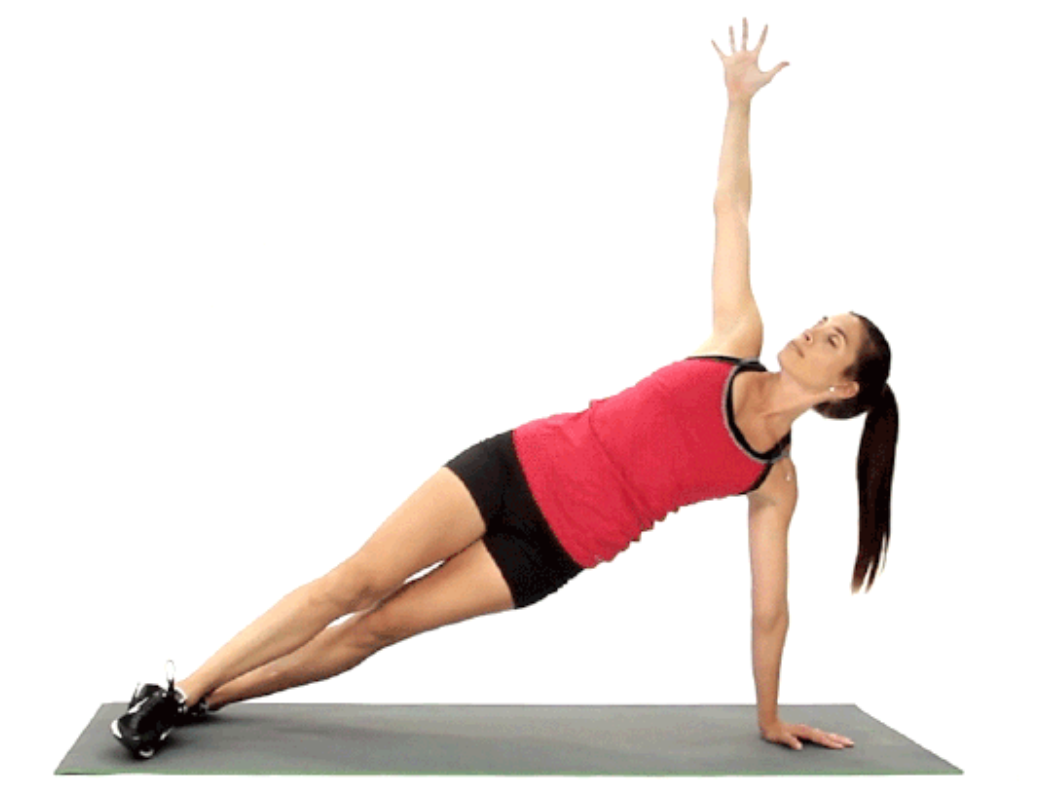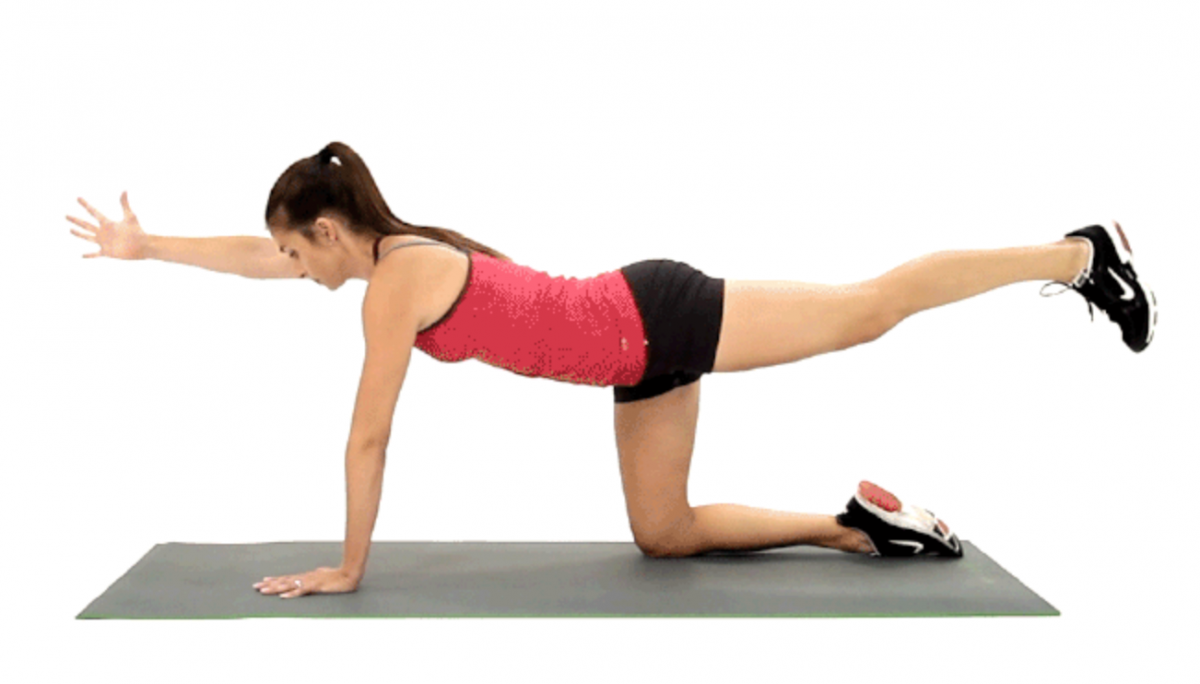
The benefits and importance of having a strong and functional core cannot be understated. Core strength is essential to so many aspects of life: injury prevention, posture, spine health and optimal functional performance to name a few. We may not realize it, but the core is utilized in all aspects of everyday life. Even with so much importance, most people have little understanding of what the “core” actually is and how it is intended to function. Believe it or not, having a strong and functioning core is much more than having those coveted 6-pack washboard abs.
Let start by getting a better understanding of what muscles, tissues, and bones actually make up the core:
It involves that 6-pack muscle the rectus abdominis. You probably have also heard of those obliques and maybe the transverse abdominals. Some muscles you probably haven’t heard of that make up the core are the back extensors that run up your spine and the quadratus lumborum, another back muscle. Yes, the core encompasses muscles of the back!
The final two muscles are actually your Lats and Glutes. I’d be willing to bet that before you started reading this, you didn’t expect to hear about lats and glutes in a core article... but they are important! All of these muscles, along with some smaller ones not mentioned, make up this cylindrical sling that wraps around your body and stabilizes the Lumbar spine - “your low back.”
Now, let’s talk about how the core functions and why it’s important.
Contrary to popular belief the core is meant to be rigid and stiff. Its primary function is stabilization not flexing forward or rotating. These type of movements should be achieved utilizing the upper and lower parts of the body while the core remains stable. Many injuries involving the back are often the result of poor core stabilization or conditioning. These injuries can happen by performing some of the simplest tasks of everyday life like bending over to tie your shoes; yes people hurt their back just trying to lace up those sneakers. Having a strong core helps to prevent injuries like this among others from happening.
In addition to preventing injury, a strong core will help with everyday activities! Things like sweeping the floor, lifting a box from the floor to a shelf and carrying all of those grocery bags that you just have to get in one trip will all become easier on you and your body with a well-trained core. When you have a strong core, it allows other muscles of the upper and lower parts of your body to function better.
Now that we understand what makes up our core as well as the everyday benefits of having a strong one... you're probably left with one remaining question:
How do I achieve a strong core?
A good place to start building a stronger core is by utilizing Dr. Stuart McGill’s Big 3 exercises: Curl-up, the side plank and the Bird-dog. Designed to increase the endurance of the core musculature, these exercises are low intensity and very safe for everyone to perform.
1. Lie down on your back with your legs out straight. Bend your right leg and plant that foot on the floor next to your left knee.
2. Put your hands under your lower back. They will prop your lower back up, which allows you to keep a natural curve in your spine.
3. Curl your head, neck, and shoulders off of the ground. Try to keep your neck as still as possible while you lift your head up.
Don't tuck your chin or let your head fall back.
4. Try to hold yourself up at the top for 7 to 8 seconds.
5. Lower yourself down. Do half of the repetitions with your right leg bent and half with your left leg bent.
1. Get on the floor on your hands and knees in a quadruped position. Make sure that your back is relatively flat.
2. Raise your left arm forwards and at the same time extend your right leg straight back.
3. Raise your arm and leg until they are in line with your torso. To increase activation of your back muscles even more during this exercise, you can clinch the fist of the arm you are raising.
4. Lower your arm and leg. Once you complete the desired amount of repetitions on that side, switch to the other side and repeat.

1. Lie on your side, with your elbow underneath your shoulder. Curl your feet back so that your knees are at a 90-degree angle. To make this exercise harder, straighten out your legs instead of bending them.
2. Lift your hips off of the ground, putting your weight on your elbow and knees.
3. Hold that position for as long as you can. Try to maintain a straight line from your head down to your feet. Make sure that your hips are in line with the rest of your body.
4. When you can no longer hold that position, drop and switch to the other side, once again holding for as long as you can.
If you're looking for a bit more guidance, the Y offers a variety of options to help you achieve a strong core.
Prefer a more individualized approach? A YMCA personal trainer can create a plan unique to your fitness goals. Personal training is available in one-on-one and small group settings.
Contact your local Y for more information.

